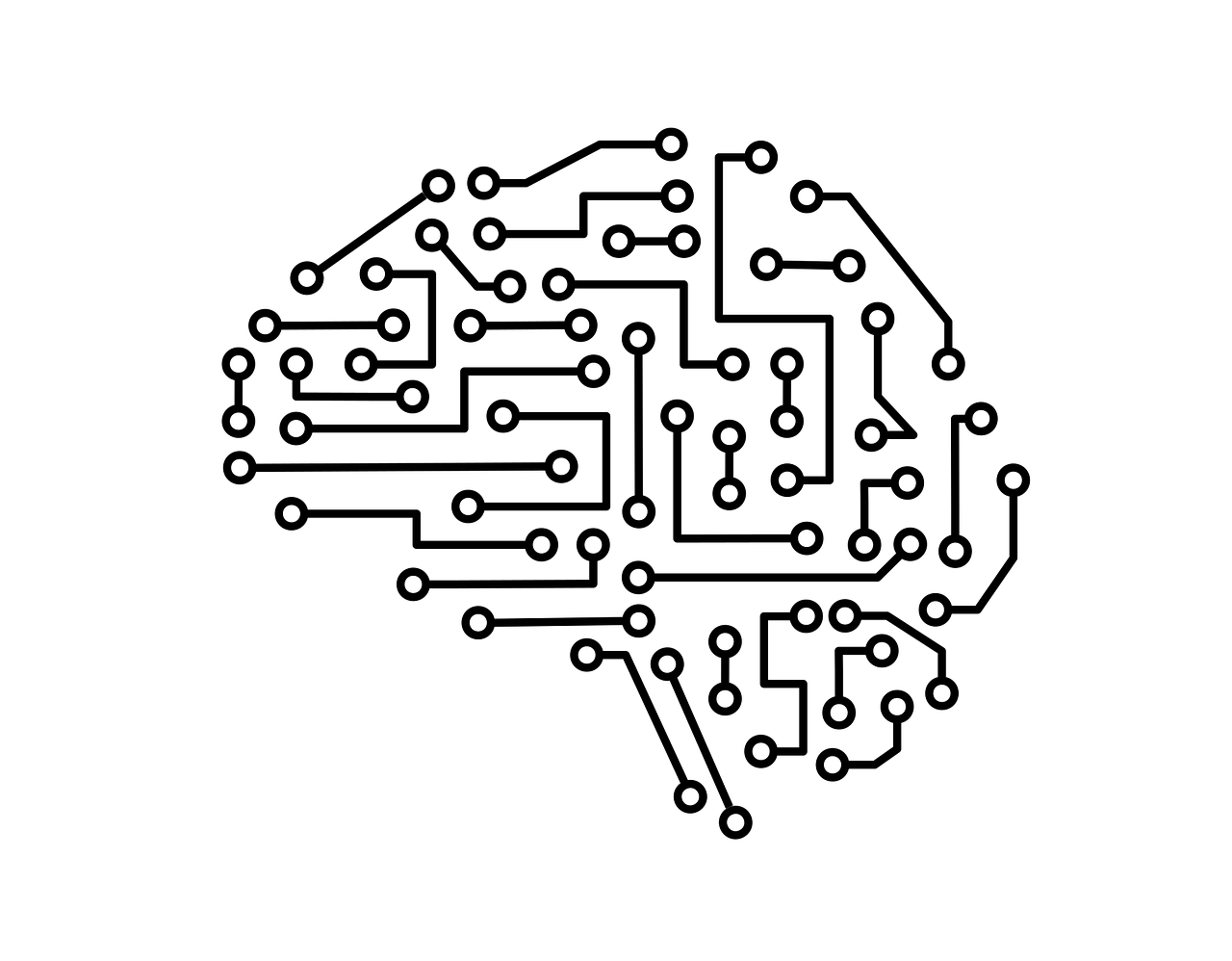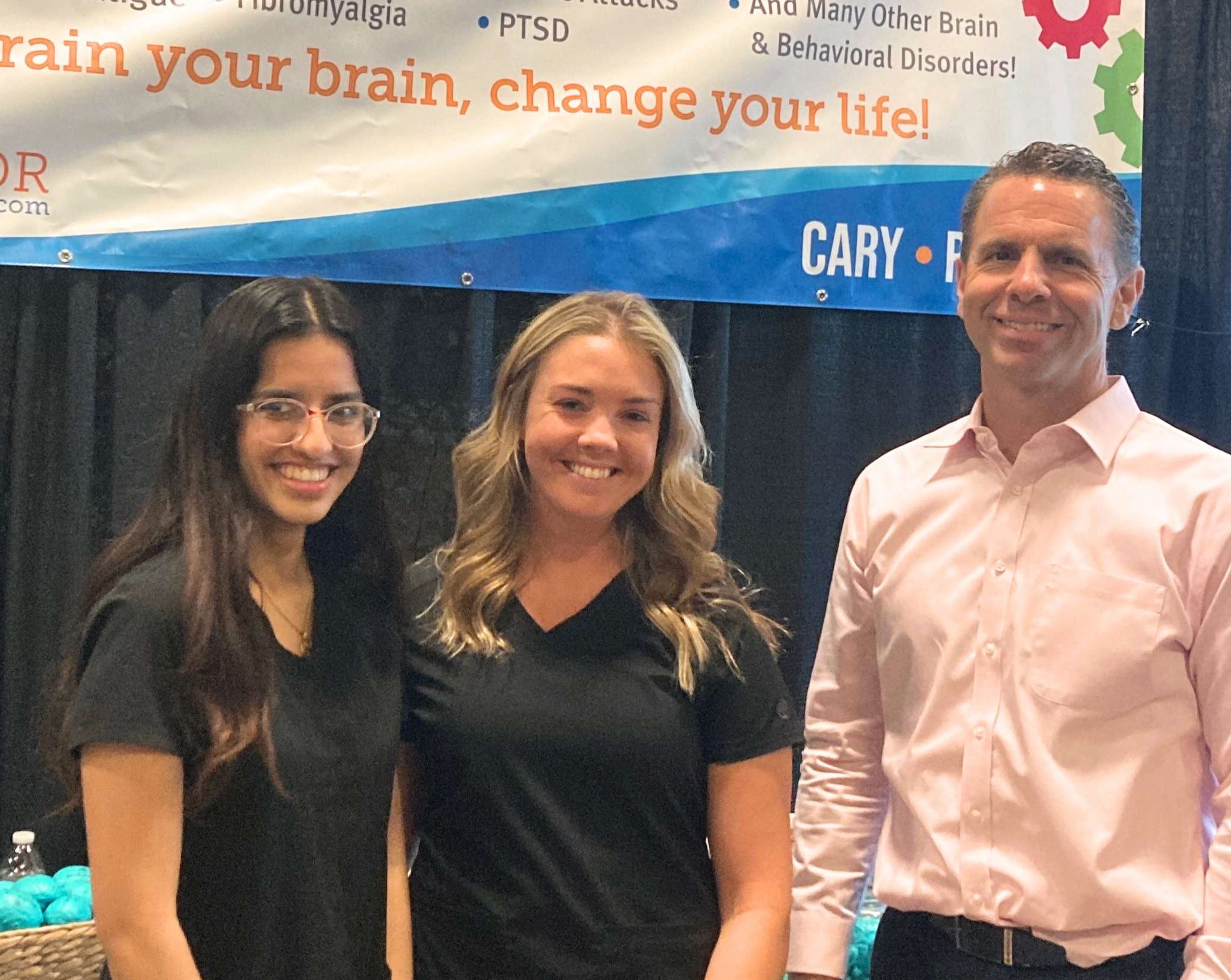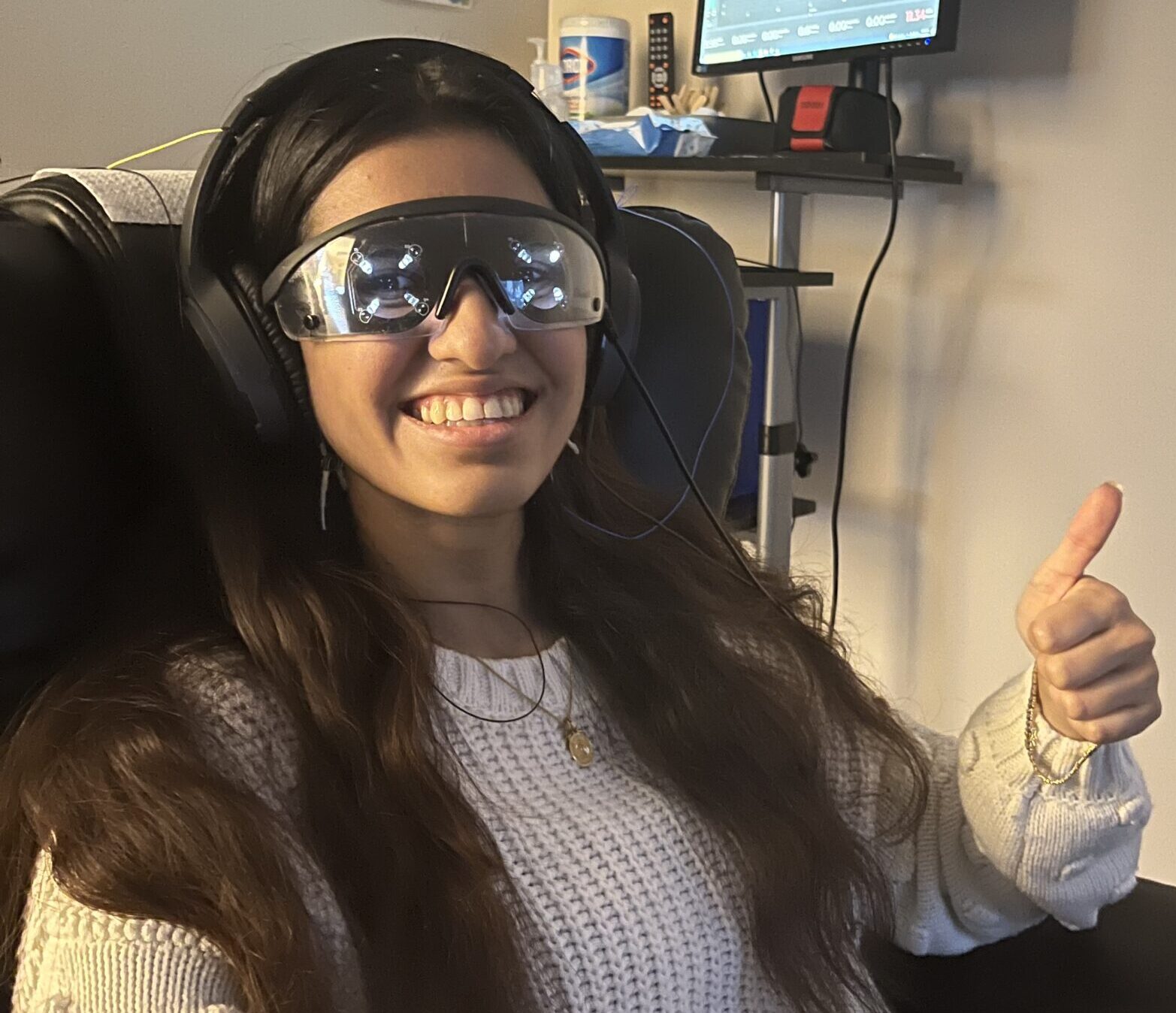Introduction
Neuroplasticity (NP), often referred to as the brain’s adaptive superpower, is a fascinating phenomenon that has captivated scientists and researchers for decades. It is the brain’s remarkable ability to reorganize itself, form new connections, and adapt to changes throughout an individual’s life. In this article, we delve into the depths of neuroplasticity, exploring its mechanisms, significance, and how it can shape our lives.
1. The Science
Neuroplasticity is rooted in the brain’s ability to alter its structure and function based on experiences, learning, and environmental factors. Contrary to the earlier belief that the brain’s development is complete during childhood, it is now widely accepted that neuroplasticity continues throughout adulthood.
2. The Mechanisms
Neurons, the fundamental building blocks of the nervous system, play a crucial role in NP. They communicate through electrical and chemical signals, forming intricate networks. When we learn something new or experience a change in our environment, these networks adapt, strengthening or weakening connections as needed.
3. Types
There are two primary types of neuroplasticity: structural and functional. Structural NP involves physical changes in the brain, such as the growth of new neurons or the formation of new connections. On the other hand, functional NP refers to changes in how neurons communicate and process information.
4. Neuroplasticity and Learning
Neuroplasticity lies at the core of our ability to learn and acquire new skills. When we engage in learning activities, such as studying a musical instrument or mastering a new language, our brain undergoes structural and functional changes to support these new skills. Understanding the mechanisms of NP can help optimize the learning process.
5. Brain Injury and Neuroplasticity
One of the most remarkable aspects of neuroplasticity is its potential to aid in the recovery from brain injuries. After an injury, such as a stroke or trauma, the brain can reorganize itself to compensate for the damaged areas. Rehabilitation techniques leverage NP to help individuals regain lost abilities and improve their quality of life.
6. Harnessing Neuroplasticity for Mental Health
Neuroplasticity offers hope for those struggling with mental health conditions. Research has shown that therapies targeting NP, such as neurofeedback therapy, cognitive-behavioral therapy (CBT) and mindfulness-based practices, can promote positive changes in the brain. By rewiring neural circuits associated with negative thoughts and emotions, individuals can experience relief from conditions like anxiety and depression.
7. Lifestyle Factors Influencing Neuroplasticity
Several lifestyle factors can influence the extent of NP in individuals. Regular physical exercise, a balanced diet, quality sleep, and intellectual stimulation are among the key factors that promote a healthy and adaptive brain. Engaging in these activities can enhance neuroplasticity and contribute to overall brain health.
Conclusion
NP is a captivating field of study that highlights the brain’s incredible capacity to adapt and change. It offers a glimpse into the intricate workings of our minds and provides insights into how we can optimize our learning, recover from injuries, and improve our mental well-being. By understanding and harnessing the power of neuroplasticity, we can unlock our brain’s potential and embark on a journey of growth and self-improvement. So, embrace NP and let your brain’s adaptive superpower guide you towards a brighter future.





